Ah, the thrill of the hunt for vintage silver plate pieces.
There’s nothing quite like scouring antique shops, thrift stores, and online marketplaces in search of that perfect piece to add to your collection. But how do you know if you’re getting the real deal?
The key is in the markings. Silver plate markings may seem like a mysterious language, but fear not, my friend. In this guide, we’ll break down everything you need to know about silver plate markings so that you can confidently hunt for your next treasure.
Silver Plate Markings Guide: Overview
You’re browsing an antique shop and stumble upon a beautiful silver plate piece that catches your eye. You pick it up and examine it, but then notice some mysterious markings on it that leave you scratching your head.
Fear not, my fellow treasure hunter! In this guide, we’re going to teach you how to read those markings like a pro.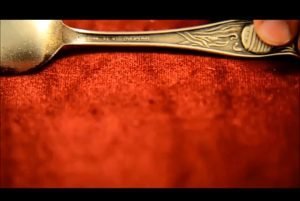
First off, let’s talk about hallmarks. These are the most important markings you’ll come across when it comes to silver plate.
They contain crucial information about the piece, such as its purity, date of manufacture, and where it was made. Sounds like a lot, right? Don’t worry, we’ll break it down for you.
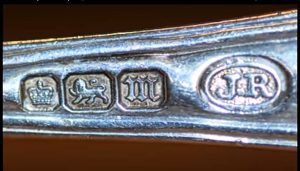
The hallmark will typically have four parts: the maker’s mark, assay office mark, standard mark, and date letter.
The maker’s mark identifies who made the piece, while the assay office mark tells you where it was tested and confirmed to meet the government’s purity standards.
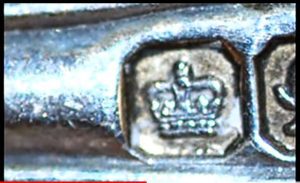
The standard mark shows you the purity level of the metal, and the date letter gives you the year of manufacture. Easy peasy, right?
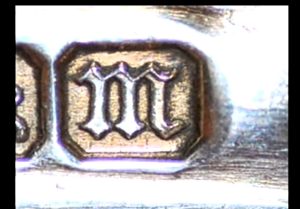
Next up, we have the maker’s mark. This is simply the maker’s unique stamp or emblem, and it can give you a clue as to who made the piece. It’s like the artist’s signature on a painting, and it can be a valuable piece of information when it comes to identifying and valuing your silverware.
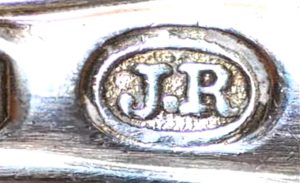
Last but not least, we have pattern numbers. These are the specific design numbers of the piece, and they can be useful in determining the rarity and popularity of the design.
Now that you know what to look for, it’s time to get down to the nitty-gritty of how to read those markings. First, you’ll need a magnifying glass or jeweler’s loupe to get a closer look. Then, with a good reference guide by your side, you can start to piece together the information provided by the markings. It’s like being a detective, but instead of solving a crime, you’re unlocking the secrets of your silverware collection!
All in all, decoding the language of silver plate markings is an exciting and essential skill for any antique lover. With some practice and the right tools, you’ll be able to identify and evaluate your collection like a pro. So go forth and hunt down those treasures, armed with the knowledge you need to make the most of your finds!
How to Identify Fake Silver Plate
There’s nothing quite as frustrating as thinking you’ve found a great piece of silver plate, only to discover that it’s a fake. That’s the reasons you should learn how to indentifying silver plate.
With a few tips and tricks, you can learn how to spot those sneaky counterfeits and save yourself from disappointment.
First off, let’s talk about the most common types of fake silver plate.
One of the most popular methods is to apply a thin layer of silver to a base metal, such as copper or brass. This is known as electroplating, and it can be difficult to spot at first glance.
Another common method is to use a silver-like metal, such as nickel or pewter, to create a piece that looks like silver but is actually much cheaper.
So, how can you tell if a piece is fake? One of the easiest ways is to look for a hallmark. If the piece doesn’t have a hallmark or the markings are unclear, it’s a red flag that it might not be real silver plate.
If the hallmark is there but the markings don’t match up with what you know about the piece, it could be a fake hallmark.
Another clue to look for is the weight of the piece. Real silver plate will be heavier than fake silver plate made from lighter metals.
You can also test the piece with a magnet – real silver plate won’t be attracted to a magnet, while fake silver plate made from a magnetic metal like iron will be.
Finally, take a closer look at the details of the piece. Real silver plate will have sharp, defined edges and intricate designs, while fake silver plate might have blurred or poorly executed details.
Final Thoughts
Understanding the markings on silver plate and how to spot a fake are essential skills for any collector or enthusiast. With this guide, we hope we’ve given you the tools and knowledge to confidently identify and evaluate silver plate pieces.
Remember to always do your research, examine the details closely, and consult with experts if needed. And most importantly, have fun! Hunting for unique and authentic silver plate can be a thrilling and rewarding experience, and we hope this guide has helped you along the way.






